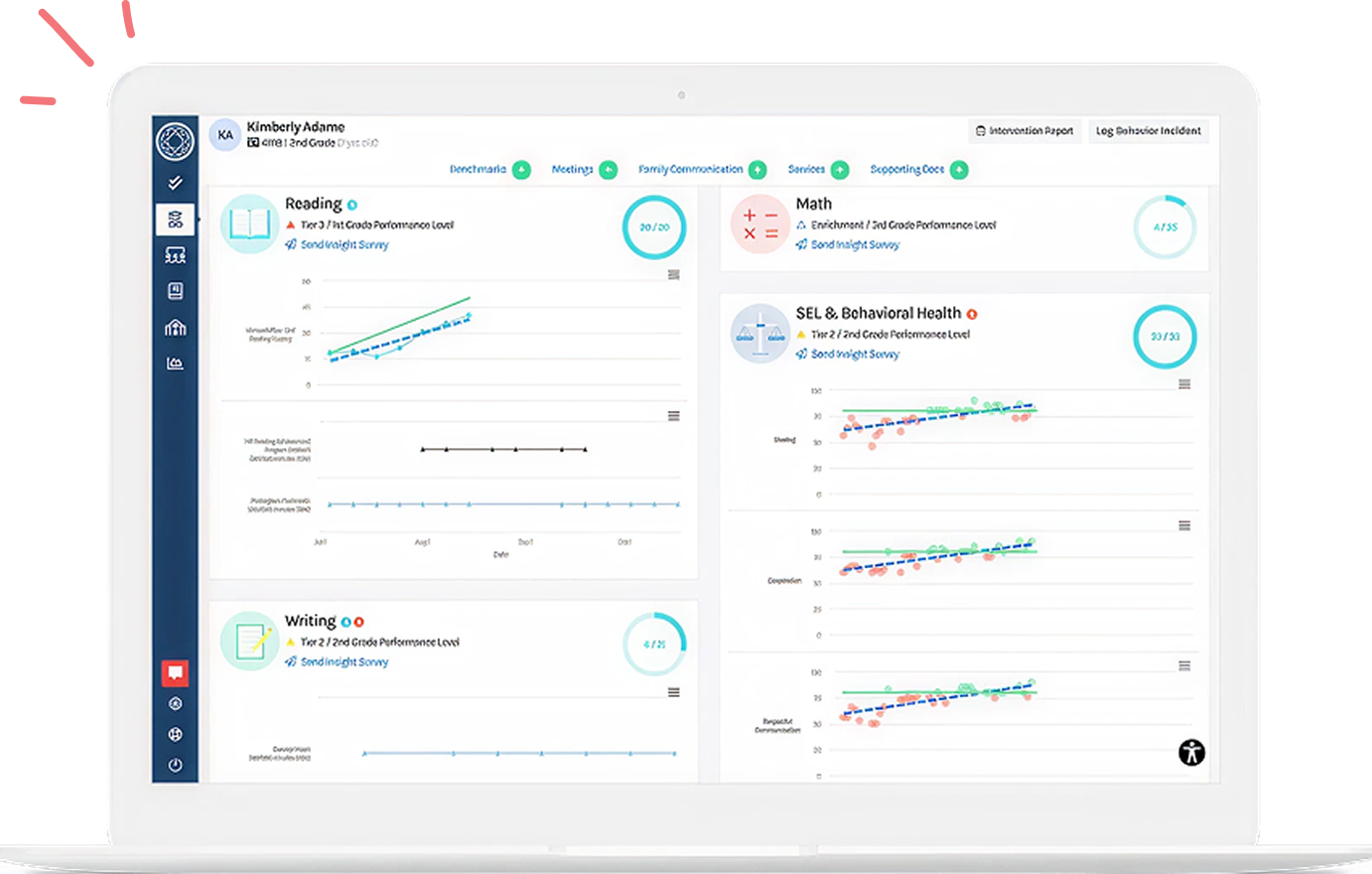Meetings are meant to be an engine of productivity in the workplace, but let’s face it—you must have been in one of these meeting situations at least once:
- Wondering why you are in a particular meeting and checking your inbox or doing work while checked out entirely from the conversation
- Struggling to keep your eyes open as the conversation droned on and on in the room about something so unrelated to your work
- Found yourself stuck in a meeting where it wasn’t clear what was being decided
- The meeting gets off on a side tangent, and you spend the entire time talking about something that doesn’t move the work forward
- You have something to say but are unsure whether it’s the right time or place
- All of the above
Meetings constitute a large part of our work and an essential part of the work of educators as they come together to make decisions that in most cases impact students’ life and future. And to be honest and realistic, nobody wants to sit in boring, unproductive, and poorly facilitated meetings—your time as a professional and, most notably, as an educator is way too valuable for that!
|
Meetings Facts While there isn’t a standardized way to count this, this estimate is based upon some data and extrapolation, and these statistics are staggering:
|
School and district teams need to take a systematic approach to run team meetings as in the business world.
So let’s unpack meetings, their best practices, and how to apply them in the MTSS context.
Meeting Lifecycle
There are only three phases of any meeting’s life cycle:
- Before the meeting:
- Planning an agenda
- Scheduling a meeting
- Researching attendees (when applicable)
- Preparing presentation or discussion material
- Assigning pre-meeting homework when applicable (reviewing data, reading documents, etc.)
- During the meeting:
- Preparing to join a meeting (dialing into a zoom call, planning a commute, or meeting room transfer for in-person)
- Deciding action items, respective owners, and timelines
- Taking brief meeting notes
- After the meeting:
- Writing detailed meeting notes
- Sharing notes with attendees and colleagues who were not part of the meeting
- Entering information into some system of record for tracking purposes
- Completing your action items
- Following up on others’ action items
Meeting Norms & Best Practices
Meeting norms can be subjective and vary from one organization to another and from one team to another, but the foundations remain the same.
At Branching Minds, we crafted our meeting expectations from input provided by the entire team after participating in a survey assessing our meeting culture and a series of workshops on how to improve our meetings. Those meeting norms are designed to help us achieve greater productivity while allowing us to live our values best.
|
Our Meetings at Branching Minds are Expected to be:
|
Applying Meeting Norms Within an MTSS Framework
While the initial perception is that adopting an MTSS (Multi-Tiered System of Support) practice adds additional meetings, it actually refocuses meetings—we don’t meet just for the sake of meeting; we meet with a clear structure. As MTSS meets the needs of the entire student body, these processes ensure that no student “falls through the cracks.”
➡️ Related Resource: Communication Planning for MTSS
In an effective MTSS or RTI model, there are different meeting processes, structures, and objectives that allow effective problem-solving at the school, grade/content team, and individual student level. These meetings have different functions and agendas, as follows:
The School Leadership Meeting
This meeting is conducted three times a year, like a universal screener. The goal of this meeting is to understand the school-wide health and wellness around MTSS. The School Leadership team reviews school-level data (assessment scores, tier demographic distributions, tier movement and referral rates, etc.) to answer the question, "Is this a healthy school?"
The Grade/Content Team Community Meeting
This meeting happens monthly during a dedicated grade team meeting time. It aims to discuss and problem-solve for students the teachers are concerned about because they aren't making sufficient progress, typically students receiving Tier 2 support, and to check in on students receiving Tier 3 support. Grade/Content teams create/review these students' intervention plans and refer students for a Student Check-in Meeting if needed.
The Individual Student Support Meeting
This meeting provides the time and space for individualized deep dive problem-solving for students not making sufficient progress when supported by the Grade/Content Team Community Meeting.
Make MTSS Meetings Matter
Meetings are critical for educators to get together and collaborate to help students succeed, and many people spend most of their time in them. However, many feel that the meetings they attend are ineffective and a waste of their time because of a lack of structure, unclear purpose, poor facilitation, absence of data, lack of preparation, etc. Creating effective meetings by utilizing agendas, meeting roles, and many of the norms and tactics we listed above can ensure that something frequently done can also bring significant value.
.gif?width=900&height=450&name=Newsletter%20Graphics%20--%202024%20(17).gif) ➡️ Download: MTSS Meetings Guide and Toolkit
➡️ Download: MTSS Meetings Guide and Toolkit
Citations
About the author
Guest Author

Your MTSS Transformation Starts Here
Enhance your MTSS process. Book a Branching Minds demo today.

















.jpg?width=716&height=522&name=Finding%20a%20Competitive%20Grant%20to%20Fund%20Your%20MTSS%20(preview).jpg)